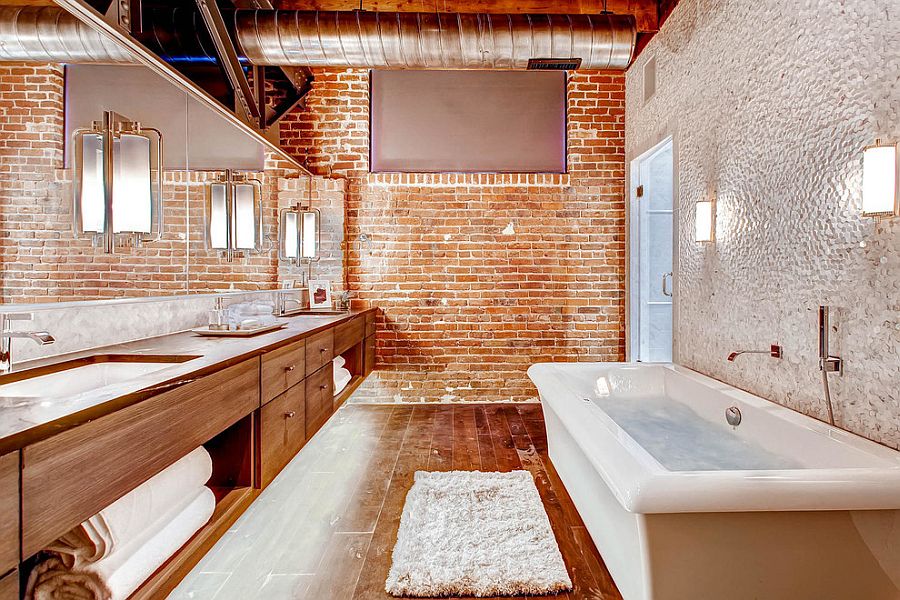In the age of smart homes and interconnected devices, WiFi enabled bathroom devices are making a splash. These innovative gadgets are transforming the way we interact with our bathrooms, offering convenience, efficiency, and a touch of luxury. For industry QA professionals, understanding the integration and functionality of these devices is crucial as they become more prevalent in modern households.
From smart mirrors to automated showers, the integration of WiFi technology in bathroom devices is a game-changer. These devices not only enhance the user experience but also contribute to energy efficiency and water conservation, aligning with the growing trend of eco-friendly living. As we delve deeper into this topic, well explore how these devices work, their benefits, and what the future holds for smart bathrooms.

Understanding WiFi Enabled Bathroom Devices
WiFi enabled bathroom devices are designed to connect to your home network, allowing you to control and monitor them remotely through a smartphone or tablet. This connectivity provides users with unprecedented control over their bathroom environments. Imagine adjusting the lighting, temperature, and music in your bathroom from the comfort of your bed or even while youre on the go.
Some popular examples of these devices include smart toilets with automatic flushing and bidet functions, Bluetooth-enabled showerheads with customizable spray patterns, and mirrors with integrated LED lighting and anti-fog capabilities. The possibilities are endless, and as technology advances, we can expect even more innovative solutions to emerge.
The Benefits of Integration
Integrating WiFi enabled bathroom devices into your home offers numerous benefits. Firstly, they provide enhanced convenience. With voice-activated controls and remote access, managing your bathroom settings has never been easier. Secondly, these devices can help reduce utility bills by optimizing water and energy usage. For instance, smart faucets can limit water flow and prevent wastage, while smart lighting systems can adjust brightness based on occupancy.
Moreover, these devices contribute to an improved user experience. With customizable settings, users can create a personalized environment that suits their preferences, whether its a relaxing bath with soothing music or a quick shower with invigorating jets. This level of personalization enhances the overall bathroom experience, making it a more enjoyable and efficient space.
Challenges and Considerations
While the benefits of WiFi enabled bathroom devices are clear, there are also challenges to consider. One of the main concerns is security. As with any connected device, there is a risk of hacking or unauthorized access. Its essential for manufacturers and users to prioritize security features and maintain regular software updates to protect their devices and personal data.
Another consideration is compatibility. Not all smart devices are compatible with each other, and users may face challenges when integrating different brands or systems. Industry QA professionals must ensure that devices are tested for compatibility and seamless integration to provide a smooth user experience.
The Future of Smart Bathrooms
The future of WiFi enabled bathroom devices is bright, with continuous advancements in technology paving the way for more sophisticated solutions. As artificial intelligence and machine learning become more integrated into our daily lives, we can expect smart bathrooms to become even more intuitive and responsive to user needs.
For instance, future devices may include predictive maintenance features that alert users when repairs are needed, preventing costly damages. Additionally, advancements in eco-friendly technologies will likely lead to even greater water and energy savings, making smart bathrooms an essential component of sustainable living.
For those interested in exploring more about smart bathroom innovations, this article provides valuable insights into the latest trends and technologies.
Practical Applications and Innovations
WiFi enabled bathroom devices are not just about luxury; they serve practical purposes that can significantly enhance daily routines. Smart scales, for instance, can track health metrics and sync with fitness apps to help users stay on top of their wellness goals. You can learn more about smart bathroom scales and their benefits for health tracking.
Another innovative application is the use of water sensors to detect leaks and prevent water damage. These sensors can send real-time alerts to your phone, allowing you to address issues before they become major problems. For more information on how these sensors work, visit this article.
Conclusion
In conclusion, WiFi enabled bathroom devices are transforming the way we interact with our personal spaces. By offering convenience, efficiency, and a touch of luxury, these devices are becoming an integral part of modern living. For industry QA professionals, understanding the intricacies of these technologies is essential to ensure they meet the high standards of quality and performance expected by users.
As technology continues to evolve, we can look forward to even more exciting developments in the realm of smart bathrooms. To stay updated on the latest trends and insights, explore this article on the role of smart toilets in water conservation.

Frequently Asked Questions
What are the security concerns with WiFi enabled bathroom devices?
Security is a significant concern with any connected device. Users should ensure their devices have robust security features and keep their software updated to protect against unauthorized access.
How do smart bathroom devices help in water conservation?
Smart devices like faucets and toilets can optimize water usage by controlling flow and minimizing wastage, contributing to significant water savings over time.
Are all WiFi enabled bathroom devices compatible with each other?
Not necessarily. Compatibility can vary between brands and systems, so it's essential to check for compatibility before integrating multiple devices.






